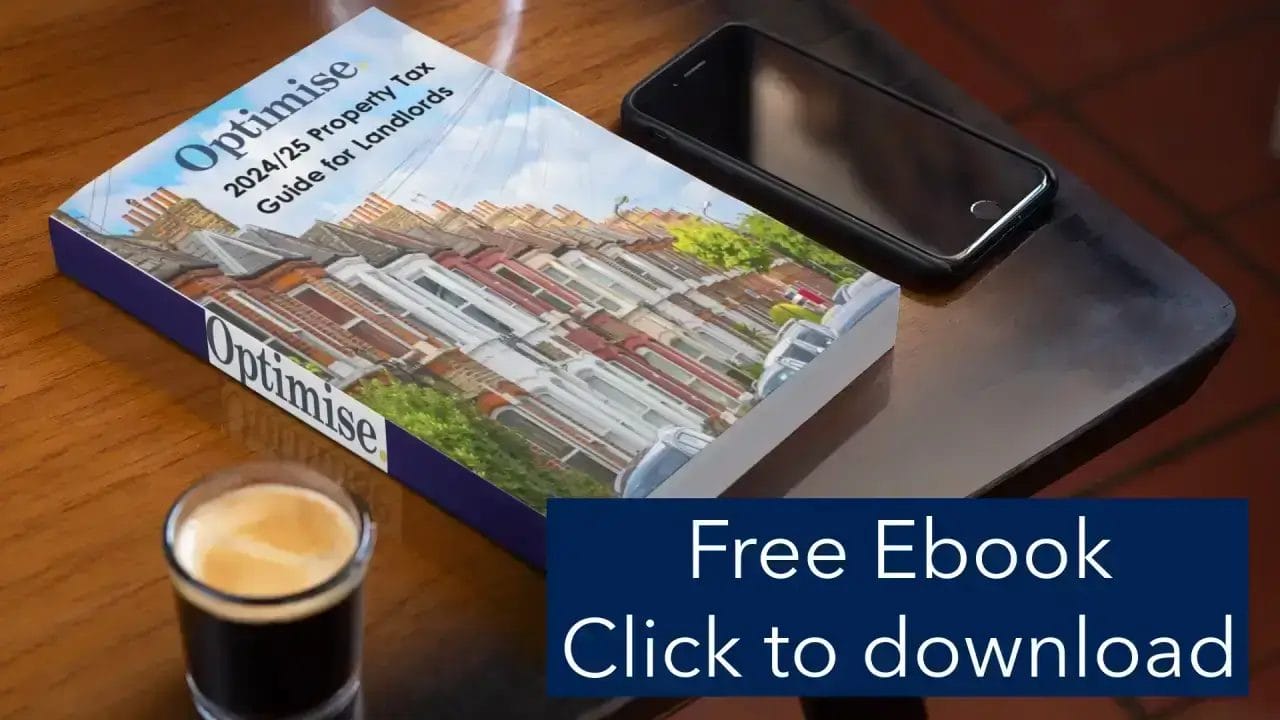Furnished Holiday Lets Tax Changes From 6th April 2025
On 29th July 2024, HMRC announced significant tax changes affecting Furnished Holiday Lets (FHLs). Starting 5th April 2025, the distinct treatment and separate reporting for FHLs will be removed, integrating FHL income into a person’s overall UK or overseas property business.
These changes align FHL rules with those of other property businesses, eliminating previous advantages like exemptions from finance cost restrictions, favourable capital allowances, and certain reliefs on chargeable gains claimed on self assessment tax returns or company accounts. While transitional rules will preserve some benefits, the overall aim is to simplify the landscape and promote fairness. The changes are expected to boost government revenue without major economic disruption.
What are the basics of furnished holiday lettings capital allowances?
Furnished holiday lets (FHL) are considered to be a trading business.
An FHL is a separate category of buildings that stands apart from residential and commercial properties.
HMRC considers an FHL to be a trade.
These allowances are available for FHLs that are not available to buy-to-let as they are classed as investments rather than trading businesses.
These are called Furnished Holiday let capital allowances and are a reduction on the value of “plant and machinery” assets.
This includes the furniture, fixtures, and fittings in the FHL business, which allows business owners to write off the cost of these assets over a period of time.
This is usually done by offsetting a percentage against your profits.
This can sometimes mean tax-free profits on FHLs for several years.
Some FHL business owners offset the full amount of certain “plant and machinery” assets in the first year.
This is called an Annual Investment Allowance (AIA)
What is a FHL?
An FHL is where people stay for a few nights or weeks.
FHL properties differ from a residential buy-to-let investment where a tenant stays for a minimum of six months under an Assured Shorthold Tenant (AST) agreement.
FHL owners often charge on a per-night basis, according to HMRC Helpsheet 253
Someone staying in an FHL would not expect to pay utility bills.
Landlords can make more money from FHLs than on single-let investments.
FHL owners can also save money paid to HMRC compared to those investing in single lets. To qualify, the FHL property must:
– Be available to let for 210 days
– Let out for a minimum 105 days
– Must not be let (unless there are considerations to say otherwise) for less than 31 days to a single renter
How do I claim?
Capital allowances can be claimed on a new build or conversion of a qualifying FHL investment on your self-assessment tax return or company accounts.
These reliefs can also be claimed on an existing FHL that has not previously been claimed.
The HMRC Property Income Manual and PIM4140 on special treatment is worth reviewing.
Can I use FHL capital allowances to reduce profits?
The capital allowances scheme can be applied to the business’s profits.
This will reduce the profits and the amount of tax you will pay as an FHL business owner.
These reliefs are only available on FHL and commercial buy-to-let investments.
Here is a good example:
James and June buy a holiday let in West Cornwall for £300,000.
The buy-to-let was refurbished to a high standard.
They pay for a survey report that identifies a 25% cost, which may be used to reduce profits. This can be deducted from their self-assessment.
They are both high-rate taxpayers.
The figures work out as follows:
£300,000 property purchase price
£75,000 claim identified in the survey (£300,000 x 25%)
£30,000 income tax saving (£75,000 x 40% high-rate band).
